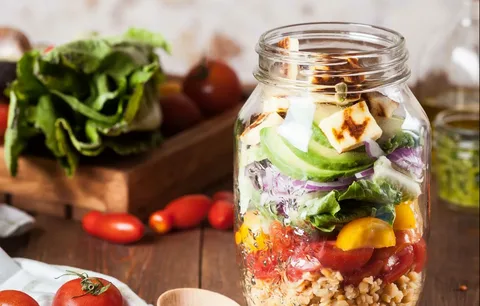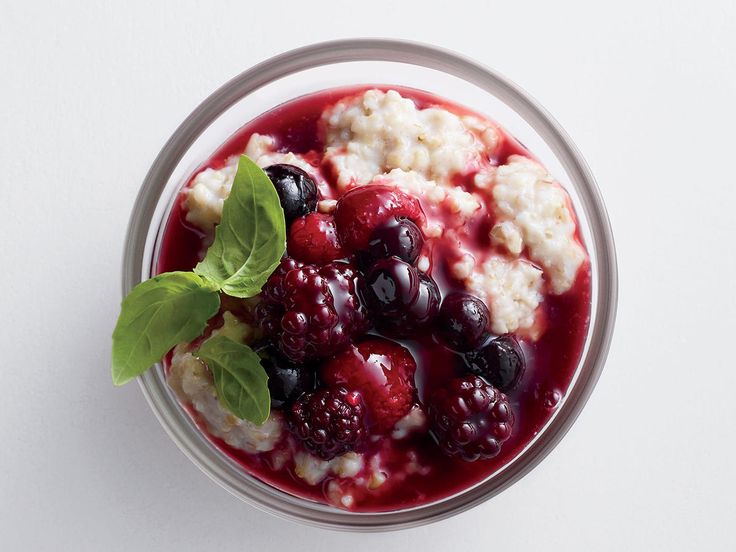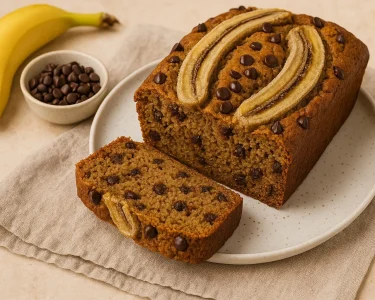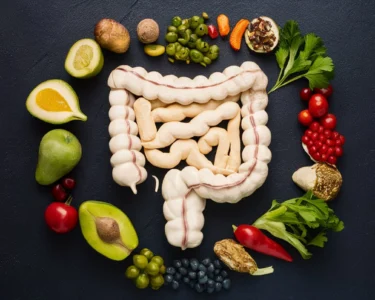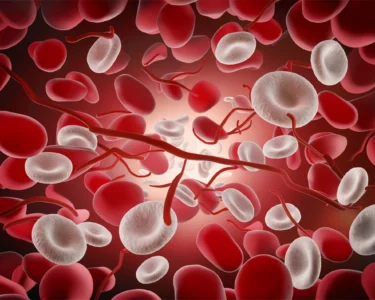Creating a Clean Eating Grocery List
If you’re new to eating clean, a healthy grocery list can help you navigate the supermarket. Stock up on fresh produce, whole grains and lean protein sources.
Avoid the processed food aisles, especially if you’re trying to lose weight. Look for foods with a short ingredient list and fewer added sugars.
Introduction to Clean Eating and Its Principles
Clean eating is a buzz term for a sound approach to healthy food choices that emphasizes whole, natural foods over processed products. This approach is based on current nutrition science and similar to recommendations from many public health organizations.
To “eat clean,” choose vegetables and fruits (ideally organic in many cases), whole grains, pulses (beans, lentils, and peas), lean protein options, nonfat dairy, and healthy fats (such as those found in olive oil, avocados, and nuts). In addition, avoid packaged foods containing high amounts of sugar, sodium, trans fats, and bad saturated fats.
While in theory this sounds easy enough, in practice, finding “clean” foods at the grocery store is a bit of a scavenger hunt. To help you, we’ve compiled this clean-eating grocery list that includes staples for any kitchen along with items specific to the clean-eating diet. You can use this clean eating shopping list as a guide when hitting your local market or ordering online from stores like Trader Joe’s, Costco, Amazon, or Thrive Market. It’s also a great place to start for any meal plan you may be working on!
Building a Clean Eating Grocery List
If you’re new to the clean eating diet, a grocery list is an excellent tool to help you stay on track. Creating a list based on the layout of your grocery store (bonus points for menu planning ahead of time!) is a great way to minimize impulse purchases and focus on wholesome, healthy foods.
Sticking to a shopping list can be difficult, especially as you’re browsing the grocery aisles and are easily drawn in by eye-catching food displays and sales items. If you find yourself getting distracted, try to spend more time shopping the outside perimeter of the store, where most of the fresh produce, lean meats, and healthy oils are located.
Keep in mind, it’s best to choose organic fruits and vegetables whenever possible to limit your exposure to harmful pesticides. You can learn more about which produce is most contaminated by chemical fertilizers and pesticides by checking out The Dirty Dozen list. If you’re not sure where to start, I’ve created a free printable clean eating grocery list for beginners to help stock your pantry with staples and meal options.
Fresh Produce and Farmers Market Finds
Keeping a fridge full of healthy foods will help you make quick meals and snacks. Choose items that are non-processed and have a high level of nutrients and flavor.
Stay away from the center aisles of the store? these are stocked with processed foods with too much salt, sugar and chemical preservatives. When selecting fruits and vegetables, opt for organic varieties to reduce exposure to pesticides. Also consider purchasing frozen bio-quality vegetables and fruit? these offer the same nutrition as fresh options without the upcharge.
When shopping at the farmers market, seek out vendors who are familiar with their products and can provide you with cooking suggestions. Keep in mind that farmers set their prices to cover their costs, but studies have found that farmers markets typically have lower price points than grocery stores.
Before you head to the grocery store, be sure to create a meal plan and a list. This will save you money, time and food waste by eliminating impulse purchases. Plus, it will help you stick to your clean eating goals!
Whole Grains and Healthy Carbohydrate Sources
While some diets recommend reducing or eliminating carbohydrates, a well-stocked clean pantry should include healthy choices. Carbohydrates are an important source of energy for the body. When they come from whole foods, they provide fiber that helps with satiety and promotes digestive health. They also help with the absorption of fats and minerals.
When shopping for carbohydrates, look for whole grains over refined options. Whole grains contain the bran, germ and endosperm, which are rich in nutrients that support good health. For example, oats are high in both soluble and insoluble fiber, which helps reduce cholesterol levels and may lower blood pressure. They’re also a source of folic acid, which is essential during pregnancy.
When reading food labels, look for a whole grain listed first in the ingredients. If you’re unsure whether a product is a whole grain, check the label to see if it contains the words “100 percent whole grain” or a similar claim. Ideally, these products should have few other ingredients as well. You can also buy products that are fortified with folic acid to boost your intake of this important nutrient.
Lean Protein Options
Protein is a macronutrient that supports a variety of important body functions, including tissue repair, hormone function and enzymatic reactions. It also helps control blood sugar and keeps you feeling full, making it an ideal dietary choice for weight management (if that’s a goal).
Lean animal-based proteins include skinless chicken breast, ground turkey, pork tenderloin and sirloin chop, as well as fish like cod, tuna, halibut and trout. These options are low in fat and saturated fat, as well as a good source of heart-healthy omega-3 fatty acids.
Other options that are naturally low in fat and calories include beans, lentils and peas, known as plant-based proteins. These are an excellent source of fiber, as well as a good amount of other healthy nutrients, such as iron and zinc.
Milk is another great source of protein, as long as you stick with low-fat or skim varieties. Look for versions that are flavored with fruit or vegetables to add sweetness and flavor without the added calories and fat.
Clean Eating Recipes for Breakfast and Lunch
While clean eating does not mean eliminating packaged foods completely, it does require choosing healthier options. This includes choosing whole foods that are free from added sugars and artificial ingredients. It also means avoiding unhealthy fats and limiting salt.
This clean eating grocery list and recipes will help you stock your kitchen pantry for healthy cooking at home. Avoid processed foods by shopping the outer perimeter of your supermarket and reading labels carefully. Choose organic fruits and vegetables as much as possible, especially those on the Dirty Dozen list.
Start your day off with a delicious, nutritious breakfast like this Apple Pie Overnight Oats recipe. Packed with chia seeds, oats, almond milk, apples and cinnamon, this clean breakfast recipe is a tasty way to get the energy you need for the day.
For lunch, try this Harvest Quinoa and Apple Salad. This salad is packed with fresh veggies and quinoa, plus it has a creamy dressing made with yogurt, tangy goat cheese, and sweet apple cider vinegar. To save time, prepare your meals ahead of time by making meal plans and creating a shopping list. This will reduce impulse purchases and make it easier to stick to your healthy diet plan.


